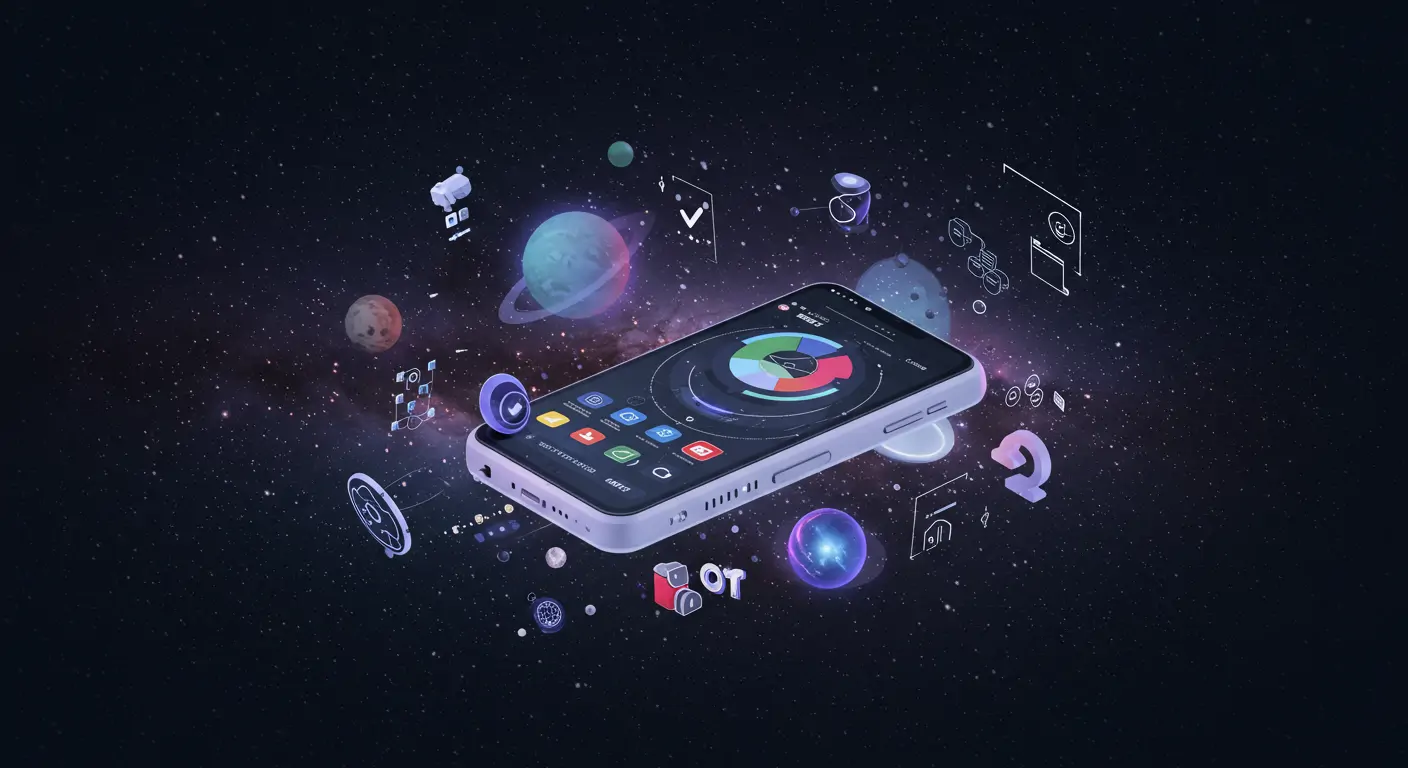The Problem Everyone Faces
Did you know that over 65% of mobile users prefer using voice commands for everyday tasks? Yet, many developers struggle to implement seamless voice-activated features in their apps. Traditional solutions often fall short due to complex integrations and subpar user experiences. Ignoring this problem can lead to a drop in user engagement and retention, costing businesses thousands in potential revenue.
Understanding Why This Happens
The root of the issue lies in the intricate setup and real-time processing required for voice recognition. Many developers underestimate the need for robust natural language processing capabilities, often relying on simplistic or outdated voice libraries. This leads to laggy performance and poor voice recognition accuracy, frustrating users.
The Complete Solution
Part 1: Setting Up Your Development Environment
First, you'll need to install Flutter (2.5 or later) and connect it with Dialogflow. Ensure you have the latest version of Dart and Node.js for backend processing. Set up your Firebase project as Dialogflow relies heavily on Google Cloud services for authentication.
Part 2: Building the Core Functionality
Integrate Dialogflow with your Flutter app. Start by creating a Dialogflow project and setting up intents for the commands you want to handle. Use the following code to connect your Flutter app to Dialogflow:
Part 3: Optimizing Performance
Enhance performance by optimizing the way Dialogflow handles queries. Use the Dialogflow V2 API library for better response times and scalability. Implement caching strategies to reduce latency.
Testing & Validation
Verify your app's functionality through comprehensive testing. Simulate various voice commands, and use unit tests to validate the accuracy of intent detection. Here's a test case for a basic voice command:
Troubleshooting Guide
Here are some common issues and how to resolve them:
- Issue: Intent not recognized.
Fix: Ensure intents are correctly defined in Dialogflow. - Issue: Slow response time.
Fix: Implement result caching and optimize API calls. - Issue: Authentication errors.
Fix: Verify your Google Cloud credentials and permissions. - Issue: Audio not recording.
Fix: Double-check microphone permissions in your app settings.
Real-World Applications
Imagine using voice commands to control smart home devices, manage daily schedules, or even navigate through complex databases. For instance, healthcare apps can enable hands-free patient record updates, enhancing both efficiency and safety in clinical environments.
Frequently Asked Questions
Q: How do I handle offline scenarios for voice recognition?
A: For offline voice recognition, use Flutter's speech-to-text packages that operate locally. While Dialogflow requires an internet connection for processing, you can implement a local fallback mechanism using on-device speech models. This ensures your app remains functional even without connectivity, although it may be less accurate without cloud processing. Consider using a hybrid approach where critical commands are processed offline and more complex queries are deferred until connectivity is restored.
Q: How can I improve the accuracy of voice commands?
A: Train your Dialogflow model regularly with new data by updating your intents with real user queries. Use the 'Training' feature in Dialogflow to refine models. Additionally, leverage Dialogflow's machine learning capabilities by providing diverse training phrases for each intent to cover different user speech patterns and accents.
Q: What kind of data security measures should I consider?
A: Always encrypt user data end-to-end using HTTPS for API calls and SSL for data in transit. Use OAuth2 for secure authentication with Google Cloud. Regularly audit your Firebase and Dialogflow permissions to ensure no sensitive data is exposed. Implement logging to detect and respond to unauthorized access attempts promptly.
Q: How can I ensure my app remains responsive?
A: Optimize network usage by batching requests to Dialogflow and using asynchronous methods to prevent UI blocking. Use Flutter's state management to efficiently update the UI without unnecessary re-renders. Also, monitor your app's performance using tools like Firebase Performance Monitoring to identify and mitigate bottlenecks.
Q: Can I localize my voice-activated app easily?
A: Yes, Dialogflow supports multiple languages, and you can configure language-specific intents. Localize your Flutter app using the intl package to handle different languages and regions. Ensure you account for language variations and dialects in your training data and intent definitions.
Key Takeaways & Next Steps
Developing a voice-activated app with Flutter and Dialogflow in 2025 involves overcoming integration challenges and optimizing for performance. By following this guide, you've learned to set up your environment, implement core voice functionalities, and optimize them for real-world use. Next, consider exploring advanced NLP features or integrating other Google Cloud services to enhance your app's capabilities further. For more insights on Flutter development, check out our tutorials on state management and UI design.




